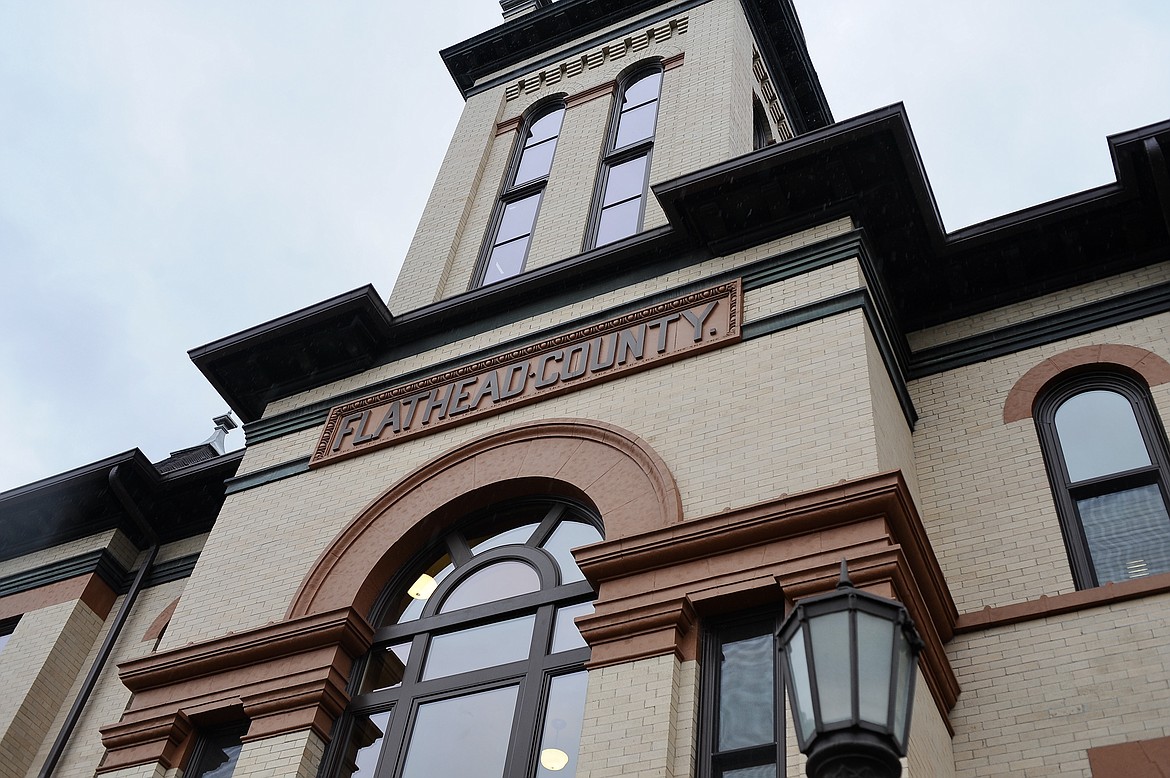County eyes septage treatment, biosolids facility
Flathead County has taken the first step in working toward a long-term solution for handling the county’s burgeoning septic waste by seeking firms or individuals interested in developing a septage treatment and biosolids composting facility.
The City-County Board of Health is advertising a request for qualifications, or RFQ, to develop a facility that would be a collaborative project involving the county, the three incorporated cities and some or all of the county water and sewer districts...
Support Local News
You have read all of your free articles this month. Select a plan below to start your subscription today.
Already a subscriber? Login
Daily Inter Lake - everything
Print delivery, e-edition and unlimited website access
- $26.24 per month
Daily Inter Lake - unlimited website access
- $9.95 per month

